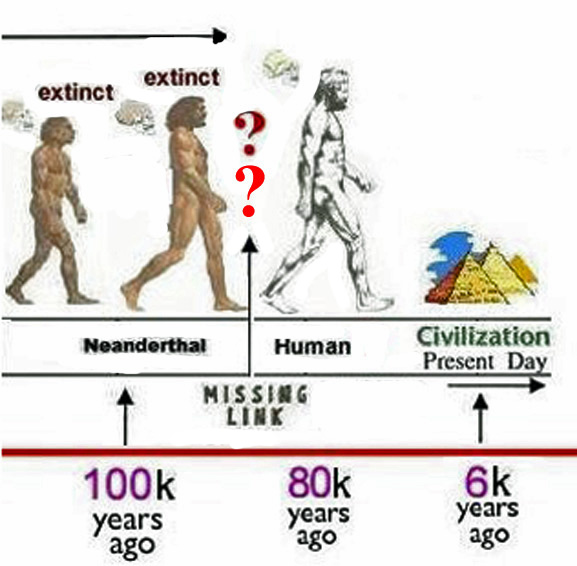

Theoretical epidemiologist Sunetra Gupta presents the case that many infectious diseases, including influenza virus, evolve by the reassembly of old parts from disparate sources, not by a continuous evolutionary stroll somewhere new.

Is evolution a series of little tweaks along a march of progress? Tobias Schwarz/Reuters A different evolutionary narrativeīut we cannot content ourselves with old narratives just because they are comfortable and familiar. Ignoring the thankfully rare emergence of monstrosities like Spanish Flu after WWI, the never-ending evolution of the influenza virus is typically modeled as occurring by antigenic drift – a smooth, continuous wander through evolutionary space, finding new places to hide from the immune system. Consider flu, which requires yearly vaccination because it constantly evolves to evade our immune system what protected you last year will not protect you this year. The continuous chain imagery, step-by-step and link-by-link, is all-pervasive in how we think about evolution – and it affects your daily life. A remarkable discovery, but not because it is a missing link between viruses and plants. For example, Penny Chisholm’s lab at MIT has discovered viruses that have borrowed cassettes of photosynthetic information from marine plankton. We see more and more such startling discoveries, all arising from our use of new molecular technologies to explore the Earth’s biodiversity. It is a Frankenstein we have not seen before, but a Frankenstein nonetheless – not a link in a chain. The microbe Lokiarchaeota is a hodgepodge of disparate elements resembling the three Domains of Life, some of which we share. One of the great triumphs of our understanding of life is that the eukaryotic cell, your kind of cell, is an ancient fusion through symbiogenesis of entirely disparate life forms. The power of this kind of imagery in science could not have been more starkly revealed than in the positioning of Lokiarchaeota as a missing link in such a fictional chain. Any of the nodes in a family tree can be rotated without changing the correct relationships among the present-day members – the rotation on the left is the usual one just because we like to be on top! But we know people are not a link between fish and frogs in any meaningful sense. It is compelling – not least because you-know-who winds up at the presumed pinnacle of evolution.īoth are correct and show exactly the same information about the relationships – humans are more closely related to monkeys than both are related to lizards than all are related to frogs, and so on. The notion of missing links in evolution comes from medieval theology’s Great Chain of Being, an idea that survived Darwin and still persists. But it’s wrong – and can detrimentally influence our understanding of immediately threatening processes like the rapid evolution of flu. This missing link imagery, based on the idea that evolution is a methodical process with logical, continuous connections to be discovered and mapped, might set up a good story. Microbiologists have been discreetly quiet about this narrative fiction although the microbe is fascinating, and so deserves the spotlight, it is no more a missing link than the platypus is a missing link between ducks and humans. The spin is that this makes it a missing link between the two. The actual story is that the microbe Lokiarchaeota, discovered on the deep sea floor by a hydrothermal vent called Loki’s Castle, shares features with both bacteria and us. Saving Earth Britannica Presents Earth’s To-Do List for the 21st Century.This spring, the world learned of a newly discovered missing link between microbes and humans called Lokiarchaeota.Britannica Beyond We’ve created a new place where questions are at the center of learning.100 Women Britannica celebrates the centennial of the Nineteenth Amendment, highlighting suffragists and history-making politicians.COVID-19 Portal While this global health crisis continues to evolve, it can be useful to look to past pandemics to better understand how to respond today.Student Portal Britannica is the ultimate student resource for key school subjects like history, government, literature, and more.

From tech to household and wellness products.


 0 kommentar(er)
0 kommentar(er)
